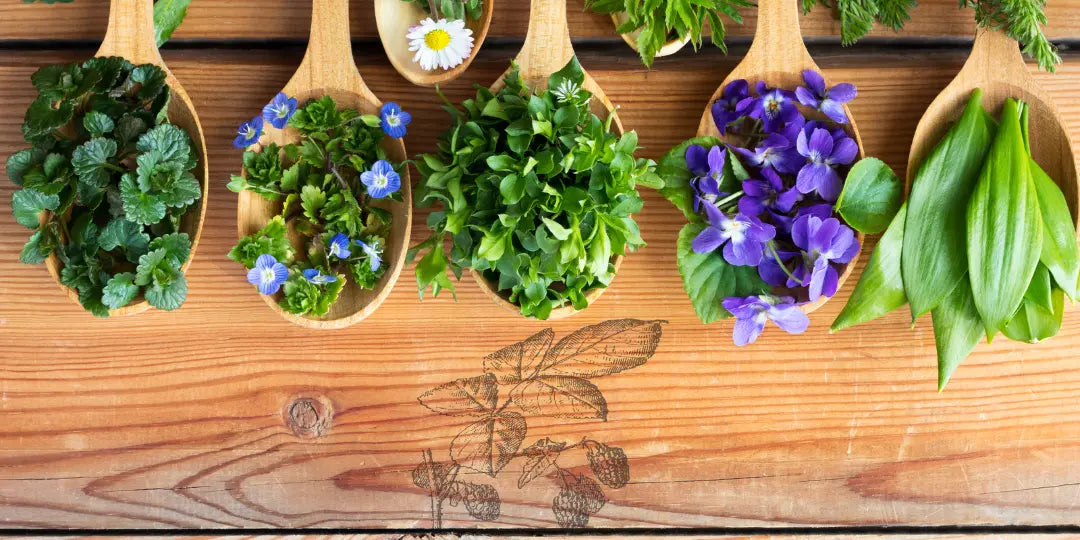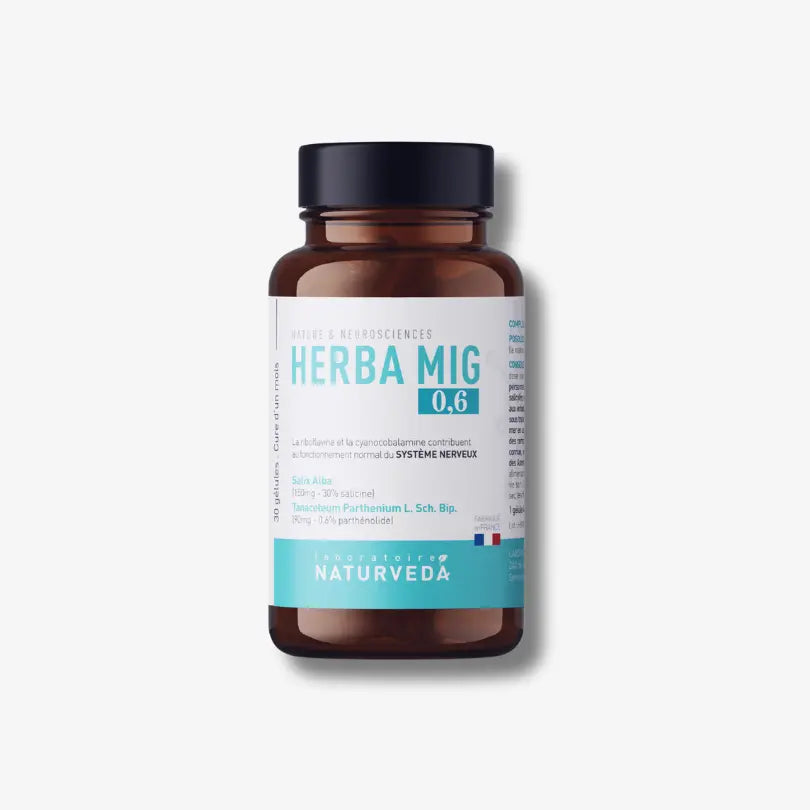Have you ever thought about the immense potential of wild plants around you? We often live surrounded by an abundance of nature that we are superbly unaware of, yet these green treasures have so much to offer. The edible forest is an ancestral practice that is now experiencing a resurgence of interest. Rediscovering the power of wild plants for health and well-being can revolutionize the way we live. These neglected plants not only have exceptional nutritional properties, but also unsuspected medicinal virtues. Prepare yourself to explore this fascinating world and enrich your daily life with precious natural resources.
Key points to remember
- The edible forest is an ancestral practice offering multiple benefits.
- Wild plants are rich in nutrients and health-promoting compounds.
- Knowing how to identify and harvest these plants is essential to avoid dangers.
- There are simple recipes to incorporate these plants into your daily diet.
- Wild plants can offer natural alternatives to conventional treatments.
Discovering the edible forest: An ancestral practice
The edible forest is not a new invention. It is a permaculture method that mimics natural forest ecosystems to create spaces where each plant contributes to the overall balance. This practice is based on robust ecological principles where fruit trees, shrubs, climbing plants, herbs and vegetables coexist harmoniously.
Historically, humans relied much more on wild plants for food, medicine, and even rituals. Gathering traditions, while less common today, were essential skills for our ancestors. Rediscovering this knowledge can bring not only food self-sufficiency, but also a deeper awareness of our environment.
The nutritional benefits of wild plants
Wild plants are often richer in nutrients than their cultivated counterparts. Why? Because they grow in natural conditions without human intervention, conditioned by natural constraints that promote the accumulation of active compounds for their own protection and survival. Here are some examples of wild plants and their nutritional benefits:
- Dandelion: Rich in vitamins A, C, K, and minerals like iron and calcium.
- Nettle: Contains vitamins A, C, K, protein, iron, calcium and magnesium.
- Common plantain: Natural anti-inflammatory and rich in vitamin A and C.
- Wild garlic: Known for its detoxifying properties and rich in vitamin C and sulfur compounds.
Including these plants in your diet can not only diversify your meals but also provide essential nutritional benefits for your well-being.
Identification and collection: Precautions to take
Before you start picking wild plants, it is crucial to know how to identify them correctly to avoid confusion with toxic plants. Here are some practical tips:
Use identification guides
Invest in good plant identification guides or download dedicated apps to help you spot edible plants with certainty.
Take part in picking workshops
Join workshops hosted by botany experts. These sessions will provide you with practical knowledge on plant recognition, picking times and techniques for sustainable harvesting.
Respect the environment
Never pick more than 10% of the plants you find in one place to allow their reproduction and only take what you need. Also respect protected areas and local regulations regarding picking.
Avoid polluted areas
Stay away from busy roads, factories or agricultural areas where pesticides are used. Favor natural environments, away from sources of pollution.
Integrating Wild Plants into Your Diet: Simple Recipes
Now that you have identified and harvested your plants, how do you incorporate them into your diet? Here are some ideas for simple and delicious recipes:
Nettle soup
Nettle soup is a delicious and nutritious recipe. Sauté onions in a little olive oil, add diced potatoes and cook until tender. Stir in pre-washed nettle leaves, add water or vegetable stock and simmer for a few minutes. Blend everything together and season to taste.
Dandelion salad
Dandelion greens can be slightly bitter but are excellent in salads. Toss them with arugula, spinach, walnuts and apple chunks. Add a dressing of lemon juice, olive oil, salt and pepper.
Wild Garlic Pesto
A wild garlic pesto is a tasty alternative to traditional basil pesto. Blend wild garlic leaves with olive oil, cashew nuts, grated parmesan, lemon juice, salt and pepper. Use this pesto on pasta, toast or as a seasoning for your dishes.
Wild plants as natural alternatives to conventional treatments
Many wild plants have valuable medicinal properties. Here are some examples of plants and their therapeutic uses:
- Plantain: Used as a poultice to relieve insect bites and minor wounds.
- Chamomile: Renowned for its soothing properties and used in infusion to calm stress and aid digestion.
- Comfrey: Applied as an ointment to speed the healing of tendonitis, sprains and fractures.
- Elderberry: Elderberry flowers are used in infusion to fight colds and respiratory ailments.
Most Frequently Asked Questions
What is the best season to pick wild plants?
The best season depends on the specific plant. In general, spring and summer are the richest times for picking. Learn about the cycles of each plant.
How to avoid picking poisonous plants?
Use reliable identification guides and attend workshops to learn how to recognize plants. Never consume a plant that you cannot identify with certainty.
Can you eat all parts of a wild plant?
No, some plants have parts that are edible and others that are not. For example, the leaves of some plants are edible, but their roots or fruits can be poisonous.
Is it legal to pick wild plants everywhere?
Laws vary by region. Some protected areas prohibit picking to preserve the ecosystem. Check local regulations before picking.




